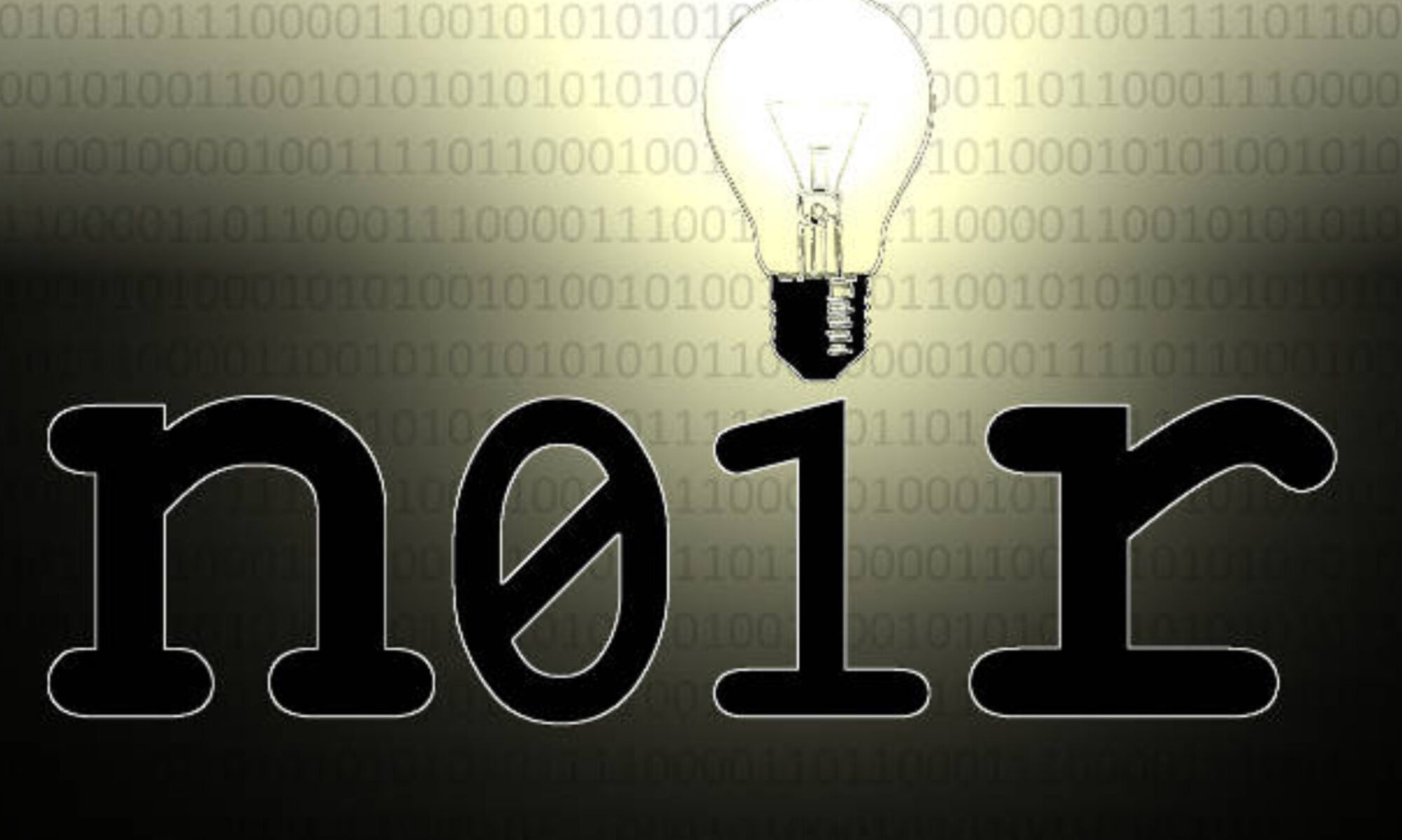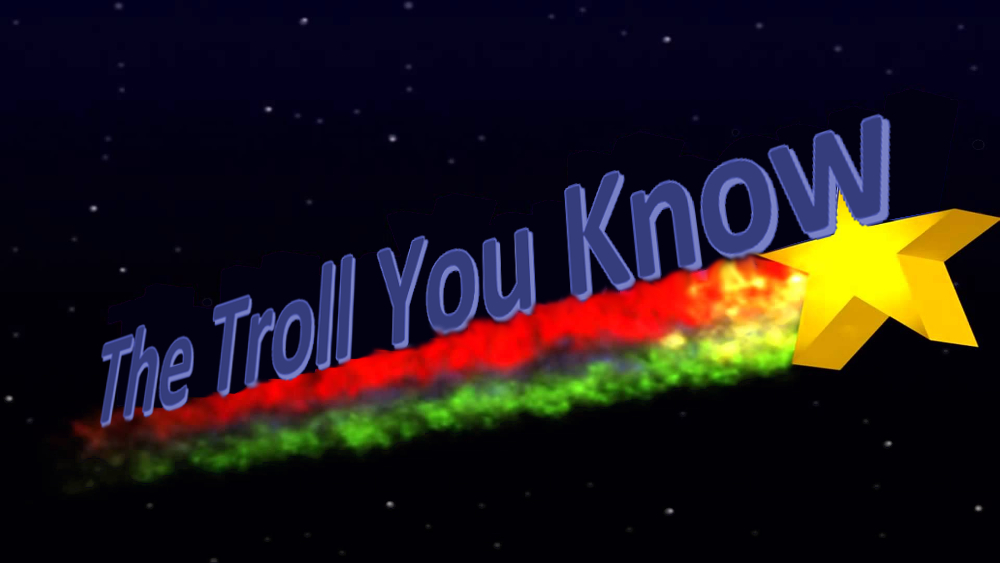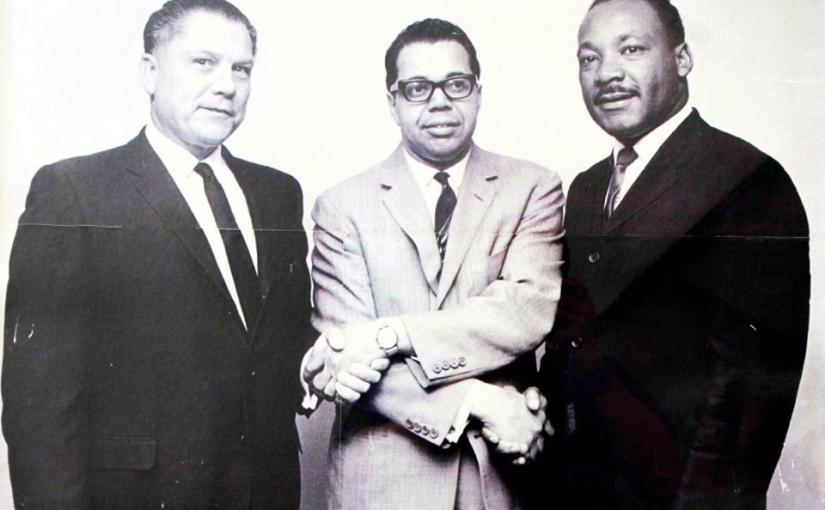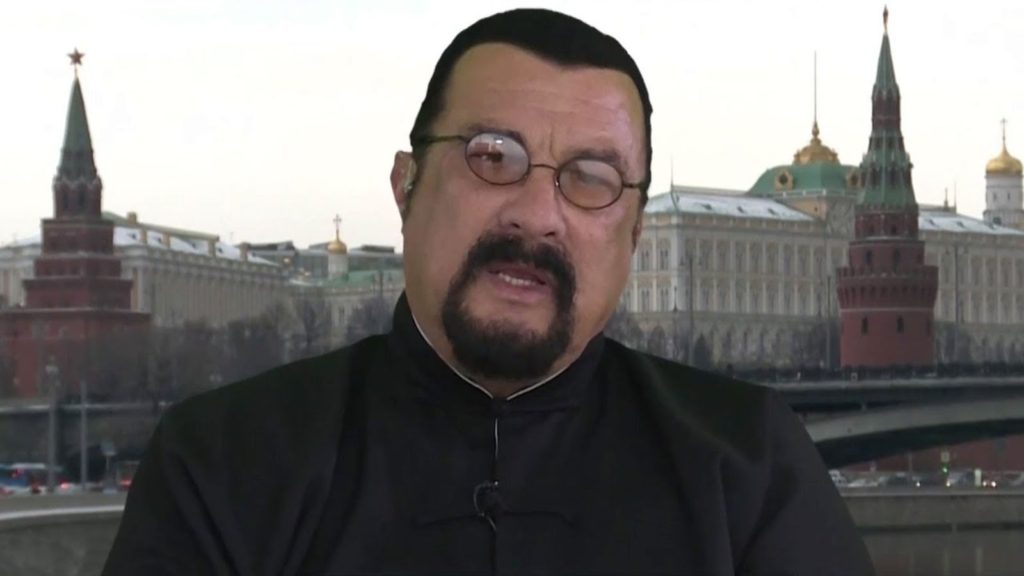I. Introduction: A New Era of Information Warfare
The warning bells are already ringing. The 2024 US elections will be a prime target for Russian information warfare, a threat more sophisticated and insidious than ever before. As the digital landscape evolves and societal divisions deepen, Russia is poised to exploit these vulnerabilities with devastating precision. This is not a game of political maneuvering; it’s a calculated assault on the very foundations of American democracy.
The threat we face today is not a Cold War relic; it’s a constantly adapting hydra, leveraging cutting-edge technologies and preying on the fault lines of our fractured society. Russia isn’t simply trying to sway votes; it’s seeking to shatter trust, amplify chaos, and weaken the fabric of American unity. The stakes are higher than ever, with democratic institutions, societal cohesion, and even national security hanging in the balance.
Former Secretary of Defense, General James Mattis, recognizes this danger with chilling clarity. Speaking about the escalating threat of information warfare in the 2024 election, he warned, “We’re going to have people who are trying to increase the tribalism, increase the distrust between Americans. And right now with the level of ideological disarray in our country, in Beijing and Moscow, the leaders are cheering us on as we tear each other down and we use scorching rhetoric.” He went on to say that our adversaries will “take it to the limit of what they can do to make distrust between you.”
General Mattis’ words are not hyperbole; they are a stark reminder that we are in a new era of conflict, one where the battleground is not a physical landscape but the minds of citizens.
II. Lessons from 2016: A Case Study in Manipulation
The 2016 US presidential election stands as a stark lesson in the power and peril of Russian information warfare. The Mueller Report, a meticulously documented investigation, laid bare the Kremlin’s multifaceted strategy to disrupt American democracy. At the heart of this strategy was a three-pronged attack: social media manipulation, the dissemination of divisive content, and the sophisticated use of narrative laundering.
Russia, through fronts like the so-called Internet Research Agency (IRA), weaponized social media platforms like Facebook and Twitter, creating fake accounts and deploying an army of trolls to spread disinformation and sow discord. They amplified existing societal fractures, fueling anxieties about race, immigration, and economic inequality. This wasn’t random noise; it was a calculated campaign to exacerbate polarization and undermine trust in democratic institutions.
Furthermore, Russia mastered the art of narrative laundering, disguising its propaganda as seemingly independent news and commentary. By creating websites that mimicked legitimate news sources and pushing their narratives through co-opted influencers, Russia injected its disinformation into the mainstream media ecosystem, making it harder for Americans to distinguish truth from fabrication.
These tactics proved devastatingly effective. The constant barrage of disinformation and divisive content muddied the waters of public discourse, amplified existing societal rifts, and eroded trust in the electoral process. Even those who didn’t fall for outright lies found themselves questioning the legitimacy of institutions and the reliability of information.
Adding insult to injury, Russia has faced minimal consequences for its 2016 interference. The lack of accountability has only emboldened the Kremlin, sending a clear message: they can continue to meddle in democratic processes with impunity. The 2016 election was not an isolated incident; it was a blueprint for future attacks, a blueprint Russia is already refining for the 2024 elections.
III. John Mark Dougan: A Weaponized Disinformation Agent
John Mark Dougan’s story reads like a dark satire of the American dream gone astray. Once a sheriff’s deputy in Florida, he now operates from Moscow as a key player in Russia’s sophisticated disinformation machine, a stark illustration of how personal grievances and a hunger for notoriety can be exploited to undermine democracy. His transformation from disgruntled ex-cop to purveyor of pro-Kremlin propaganda unveils a chilling truth: in the age of information warfare, anyone can become a weapon.
Dougan, currently under a 21-count sealed indictment in Florida for felony crimes, found refuge in Russia in 2016, granted asylum as he faced accusations of a massive doxxing campaign against public officials. Since then, he has reinvented himself as a self-proclaimed journalist, leveraging his American identity to spread pro-Russian disinformation under the guise of independent reporting.
He has meticulously crafted a network of over 150 fake news websites, masquerading as local news outlets across the US, UK, and France. These digital Potemkin villages, fueled by artificial intelligence, churn out a relentless stream of fabricated articles, mimicking the style and tone of authentic journalism to inject Russian narratives into the heart of Western media.
Dougan’s tactics are a masterclass in narrative laundering and exploitation. He understands the power of local news, the trust people place in familiar formats, and the allure of emotionally charged stories. His fake news network preys on these vulnerabilities, amplifying divisive content and crafting narratives that resonate with specific audiences.
His success in influencing American political discourse is undeniable. His fabricated story about Ukrainian President Volodymyr Zelenskyy using American aid to purchase luxury yachts was amplified by Republican members of Congress, including Representative Marjorie Taylor Greene. This incident reveals the alarming reach of his disinformation network and its potential to impact policy decisions and public opinion.
Adding a layer of cynicism, Russia actively shields figures like Dougan through its own disinformation campaigns. These efforts often portray him as a persecuted truth-teller, unjustly targeted by Western authorities for daring to challenge the official narrative. This tactic aims to cast doubt on legitimate attempts to expose his disinformation network, making it harder to hold him accountable and further muddying the waters of public discourse.
IV. Trump’s Conviction: Fueling the Disinformation Fire
Donald Trump’s recent conviction on felony charges has thrown gasoline on the already raging fire of Russian disinformation. The Kremlin, never one to miss an opportunity to sow chaos and division, has seized upon this event to further its information warfare goals, exploiting the conviction to undermine trust in American institutions and amplify existing political fractures.
The “political persecution” narrative has become a central theme in Russia’s disinformation playbook. State-controlled media outlets, echoing Trump’s own claims, portray the conviction as a politically motivated witch hunt, orchestrated by the Biden administration to eliminate a rival. This narrative plays on existing anxieties about government overreach and feeds into a broader distrust of the US justice system, particularly among those already sympathetic to Trump.
Russia understands the power of outrage and is actively working to amplify pro-Trump anger and resentment. Based on past observations of Russian election interference, social media manipulation, bot networks, and coordinated online campaigns are likely to be used to spread conspiracy theories about a rigged trial, “deep state” plot, demonize those involved in the prosecution, and harass or intimidate anyone critical of Trump.
This strategy is particularly insidious because it exploits the very foundations of American democracy: faith in the rule of law and the principle of equal justice under the law. By portraying the justice system as a weaponized tool of political enemies, Russia seeks to erode public trust and normalize the idea that power, not evidence, determines guilt or innocence. Trump also appears poised to leverage this narrative for his advantage by portraying himself as a victim of political enemies.
It’s no coincidence that Trump’s past statements on foreign policy often align with Russian narratives. He has repeatedly echoed Kremlin talking points on issues like Ukraine, NATO, and US involvement in international conflicts, questioning the value of alliances and expressing admiration for authoritarian leaders like Vladimir Putin. This alignment makes him a valuable asset for Russia, even when out of office, as his words, actions, and ego continue to be amplified and exploited to further the Russian disinformation agenda.
Trump voters should also remember figures like Michael Avenatti, who represented political left extremism plausibly weaponized by Russia against Trump.
This is much like Michael Moore, who it should be noted was also promoted on RT shortly after the 2016 election, highlighting Russia’s willingness to not only help Trump get elected, but to apparently weaponize the chaos it created in American society.
Even Harvey Weinstein – who produced half of Moore’s anti-capitalist and anti-war documentaries – plays strongly into the cultural division and women’s rights issues (#MeToo) created by the reaction to Trump’s rhetoric on the political left.
In stark contrast, President Biden has maintained a centrist stance and consistently condemned Trump’s response to Russian interference, recognizing the gravity of the threat and pledging to protect US elections. He has called for greater accountability for Russia’s actions, strengthened efforts to counter disinformation, and emphasized the need for unity and vigilance in the face of foreign manipulation.
This divergence underscores a crucial point: the fight against Russian disinformation is not just about protecting elections; it’s about defending democratic values and principles. It requires a commitment to truth, accountability, and a shared understanding of the threats we face. Complacency and cynicism only play into Russia’s hands, making us more vulnerable to manipulation and further eroding the foundations of our democracy.
V. Anticipating 2024: Deconstructing the Russian Playbook
As we approach the 2024 US elections, understanding the Russian disinformation playbook is not just a matter of academic curiosity; it’s a vital necessity for safeguarding our democracy. Russia, having tested and refined its tactics in previous campaigns, is poised to unleash a sophisticated and multifaceted information warfare assault, leveraging both tried-and-true methods and emerging technologies like AI to sow discord, manipulate public opinion, and undermine the integrity of the electoral process.
Drawing upon the insights of our forensic semiotic framework designed to dissect disinformation campaigns and expose hidden agendas, we can anticipate a range of potential tactics Russia might employ:
- Weaponizing Culture Wars:
- Russia understands that a house divided against itself cannot stand. Expect them to ruthlessly exploit existing cultural fault lines, inflaming debates on abortion, race, gender, gun control, LGBTQ+ rights, and education. These are not just issues; they are emotional flashpoints, ripe for manipulation. By amplifying extreme voices, spreading inflammatory content, and stoking outrage, Russia can deepen existing divisions, turning neighbor against neighbor and eroding the shared values that bind a nation together.
- Targeting Swing State Voters:
- The 2024 election, like its predecessors, will likely hinge on the outcome in a handful of key swing states. Russia, recognizing this, will use micro-targeted disinformation campaigns to sway undecided voters in these crucial battlegrounds. AI-powered tools, social media manipulation, and the exploitation of local news formats, as demonstrated by John Mark Dougan, will allow them to deliver tailored messages designed to exploit specific anxieties and grievances.
- Undermining Election Integrity:
- One of Russia’s most insidious goals is to undermine faith in the very process of democratic elections. Expect a surge of disinformation aimed at sowing doubt about election integrity. Conspiracy theories about rigged voting machines, widespread voter fraud, and orchestrated voter suppression will be amplified through social media, co-opted influencers, and even seemingly independent news sources. The goal is to create a climate of cynicism and distrust, making it easier to challenge legitimate election results and sow chaos in the aftermath.
- Deepfakes and Disinformation:
- The rise of artificial intelligence has ushered in a new era of disinformation, one where reality itself can be manipulated with alarming ease. Deepfakes, AI-generated audio or video that convincingly portrays events that never happened, will become increasingly prevalent in 2024. Imagine a fabricated video of a candidate making inflammatory statements, committing an illegal act, or engaging in scandalous behavior. Such a deepfake, spread through social media and amplified by a coordinated disinformation campaign, could have a devastating impact on public opinion and election outcomes.
- The Importance of Vigilance:
- Russia’s disinformation playbook is not static; it’s a constantly evolving threat. As new technologies emerge and new vulnerabilities are exposed, they will adapt their tactics to maximize their impact. Complacency and cynicism are our greatest enemies. We must remain vigilant, constantly questioning information sources, recognizing manipulation techniques, and resisting the urge to accept emotionally charged narratives at face value.
The 2024 elections will be a battle for the soul of American democracy, a battle fought not on traditional battlefields but in the digital trenches of information warfare. By understanding the enemy’s tactics and embracing a posture of informed skepticism, we can better defend ourselves against manipulation, protect the integrity of our elections, and preserve the hard-won freedoms that are the foundation of our nation.
VI. Countering the Threat: A Multi-Layered Defense
Defending against Russian information warfare requires a multi-layered defense, a coordinated effort that mobilizes citizens, governments, and technology companies to protect the integrity of democratic processes. This is not just a task for intelligence agencies or cybersecurity experts; it’s a call to action for every citizen who values truth, accountability, and the principles of a free and fair society.
Here are key countermeasures that can help mitigate the threat of Russian interference:
- Expose Russian Tactics:
- Sunlight is the best disinfectant. Publicly revealing and analyzing Russian disinformation campaigns is crucial for raising awareness and building resistance. Independent media outlets, fact-checking organizations, and researchers must work to expose the tactics, narratives, and networks behind these operations. By shining a light on the Kremlin’s playbook, we can make it harder for them to operate in the shadows and empower citizens to recognize and reject disinformation.
- Strengthen Media Literacy:
- In the digital age, information literacy is no longer a luxury; it’s a necessity for informed citizenship. We must equip individuals with the critical thinking skills needed to identify disinformation, evaluate information sources, and recognize manipulation techniques. Educational initiatives, public awareness campaigns, and media literacy programs can help people navigate the treacherous waters of the online information environment.
- Hold Platforms Accountable:
- Social media platforms are the battleground of information warfare. We must hold these companies accountable for addressing disinformation and manipulation on their platforms. This requires pressure from governments, civil society organizations, and users themselves. Platforms must invest in content moderation, improve their algorithms to detect and demote disinformation, and take proactive measures to remove fake accounts and bot networks.
- Government Coordination and Transparency:
- Governments have a crucial role to play in countering disinformation. This requires enhanced coordination among intelligence agencies, law enforcement, and cybersecurity experts to detect and respond to threats. Transparency is also essential; governments must be open about their efforts to counter disinformation, while respecting civil liberties and avoiding actions that could be perceived as censorship.
- International Cooperation:
- Disinformation is a global threat that requires a global response. Collaboration with allies is essential to share intelligence, coordinate responses, and apply diplomatic pressure on Russia to deter interference. By working together, democratic nations can strengthen their defenses and present a united front against those who seek to undermine democratic values.
- Call to Action:
- Protecting democracy in the age of disinformation is not a spectator sport. It requires active participation from every citizen. Stay informed, be skeptical of information sources, think critically about the narratives you encounter, and report suspicious activity. By engaging in these simple acts, you become an active defender of democracy, helping to safeguard the freedoms we hold dear. Remember, truth and accountability are not passive virtues; they are weapons we must wield to protect our society from manipulation and preserve a future where facts, not fabrications, shape our world.
VII. Conclusion: Preserving Democracy in the Age of Disinformation
The year 2024 will be a pivotal moment for American democracy. As the nation prepares to elect its leaders, Russia stands poised to unleash its arsenal of disinformation, seeking to exploit our divisions, manipulate our perceptions, and undermine our faith in the very process of self-governance. The threat is urgent, the stakes are high, and the consequences of inaction are dire.
But we are not powerless. While Russia may have mastered the dark arts of information warfare, we have a powerful weapon at our disposal: collective action. Whereas Russia has mastered the art of deception and disinformation, we must master the art of “keeping it real” and respecting our shared values. By working together, citizens, governments, and technology companies can build a resilient defense, mitigating the threat of interference and preserving the integrity of our democratic processes.
Citizens must become informed skeptics, questioning information sources, recognizing manipulation techniques, and rejecting the allure of emotionally charged narratives. Governments must enhance their efforts to counter disinformation, increase transparency, and hold hostile actors accountable. Technology companies must take responsibility for addressing disinformation and manipulation on their platforms, investing in content moderation and developing algorithms that prioritize truth and accountability.
Democracy is resilient. It has weathered storms of division, corruption, and external threats throughout its history. But its survival depends on our vigilance, our engagement, and our unwavering commitment to truth and accountability. In the face of disinformation, complacency is not an option; it’s an invitation to chaos and tyranny.
We must rise to the challenge, embracing the responsibilities of citizenship in the digital age. By arming ourselves with knowledge, critical thinking skills, and a shared determination to protect our democratic values, we can ensure that the 2024 elections, and all those that follow, are decided by informed citizens, not manipulated by foreign adversaries.
Just 4 Kidz Version: “The Big Bear’s Fake News Circus: 2024 Election Edition”
Imagine a circus. But instead of clowns and elephants, it’s full of Russian fake news websites, online trolls dressed up as teddy bears, and sneaky bots spreading lies about America’s elections. The ringmaster?
Vladimir Putin himself, a master of puppets pulling the strings.

The Big Bear’s tricks are old and new:
- Old Tricks: Remember those nasty rumors and fake news stories that messed up the 2016 election? Russia’s at it again, trying to sow chaos and make Americans distrust each other. They love to stir up arguments about race, immigration, and anything that makes people angry.
- New Tricks: But they’re getting smarter. Now they use computers to make videos that look totally real, even when they’re totally fake. Imagine seeing a video of a politician saying something awful, but it’s all made up! Russia’s using these tricks to make people believe lies and turn against each other.
Why are they doing this?
- They want America to look bad. Russia’s not happy with America’s strength, so they’re trying to make us look weak and divided. They want to pull us down into the mud and make us act as bad as they do.
- They want to influence who wins elections in America, not because they care about our democracy, but because they want us to fight with each other so they can control us.
How to fight back:
Be a truth detective! Don’t believe everything you see online.
Check the source and ask yourself: “Does this sound too crazy to be true?”
“Is this website known for spreading lies?”
Don’t let them divide us! We’re stronger together. Don’t let Russia turn us against each other.
Speak out! Tell your friends, family, and teachers about the threat of Russian disinformation.
The more people know, the harder it is for the Big Bear to play his tricks.
Remember, America: We’re not going to let a bunch of Russian trolls steal our elections!
We’re smarter than that. Let’s keep it real, be vigilant, and stand up for democracy.
Now, learn about how to identify fake “artificial intelligence” (AI) content by creating some of your own! Time to have some fun making AI images of Putin and posting them online!







